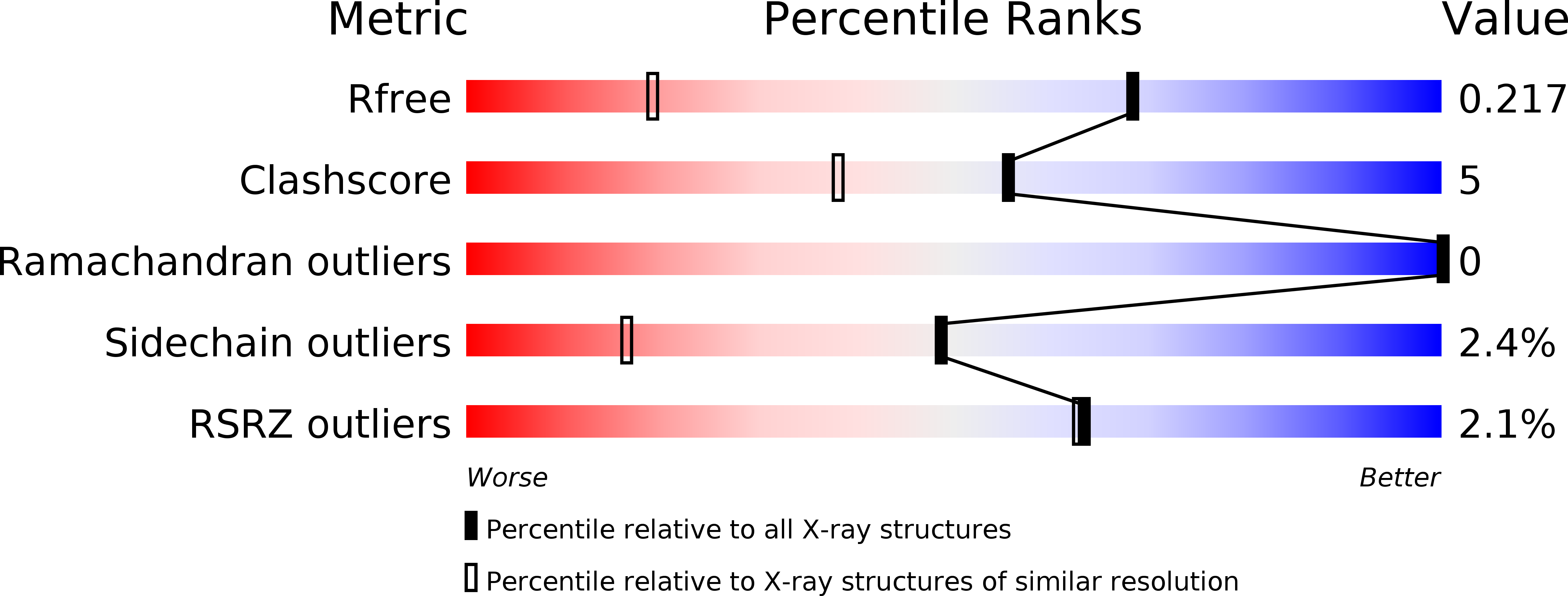
Deposition Date
2013-05-17
Release Date
2013-09-11
Last Version Date
2024-10-30
Entry Detail
PDB ID:
4KS7
Keywords:
Title:
PAK6 kinase domain in complex with PF-3758309
Biological Source:
Source Organism:
Homo sapiens (Taxon ID: 9606)
Host Organism:
Method Details:
Experimental Method:
Resolution:
1.40 Å
R-Value Free:
0.21
R-Value Work:
0.19
R-Value Observed:
0.19
Space Group:
P 21 21 21


